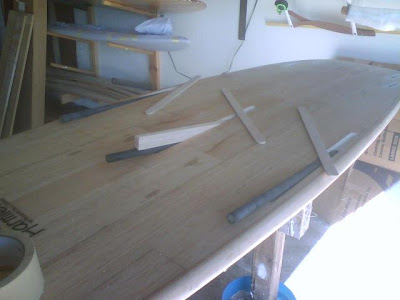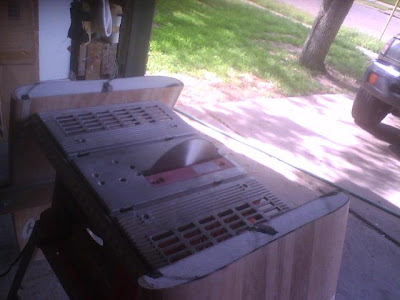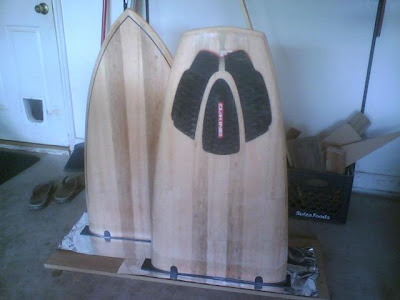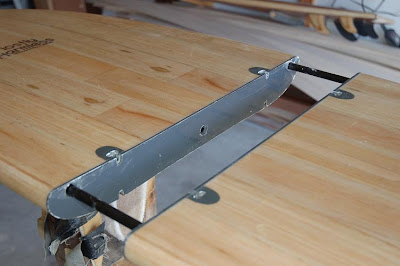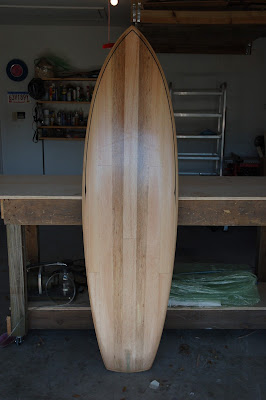Cedar skin five-fin fish
5'11' x 22.5 x 2.625 with the Greg Griffin-style 5-fin setup in ply and carbon fiber. I tried to get with Greg to get a set of his fins, but we were having trouble connecting and I was frothing to get this thing finished. He was generous enough, however, to share the placements with me, and a friend forwarded me some tracings of the fin templates themselves, so I'm hoping I got pretty close to how the master himself would have done it.
I've surfed it a couple of times now, and it is definitely on the low end of the volume scale for me, but once up and going it is very drivey, as you would expect with 5 fins, but also very loose, which you wouldn't expect. I can't wait to get it into some good surf.


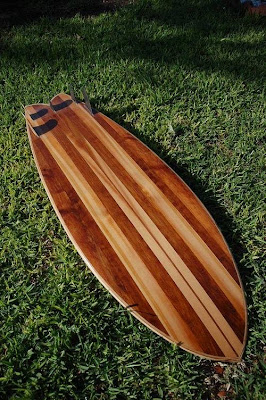


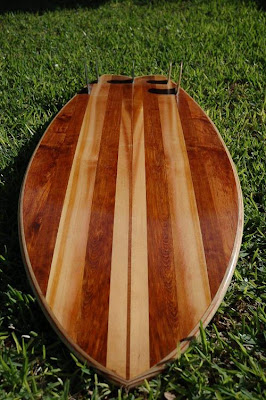

I've surfed it a couple of times now, and it is definitely on the low end of the volume scale for me, but once up and going it is very drivey, as you would expect with 5 fins, but also very loose, which you wouldn't expect. I can't wait to get it into some good surf.







